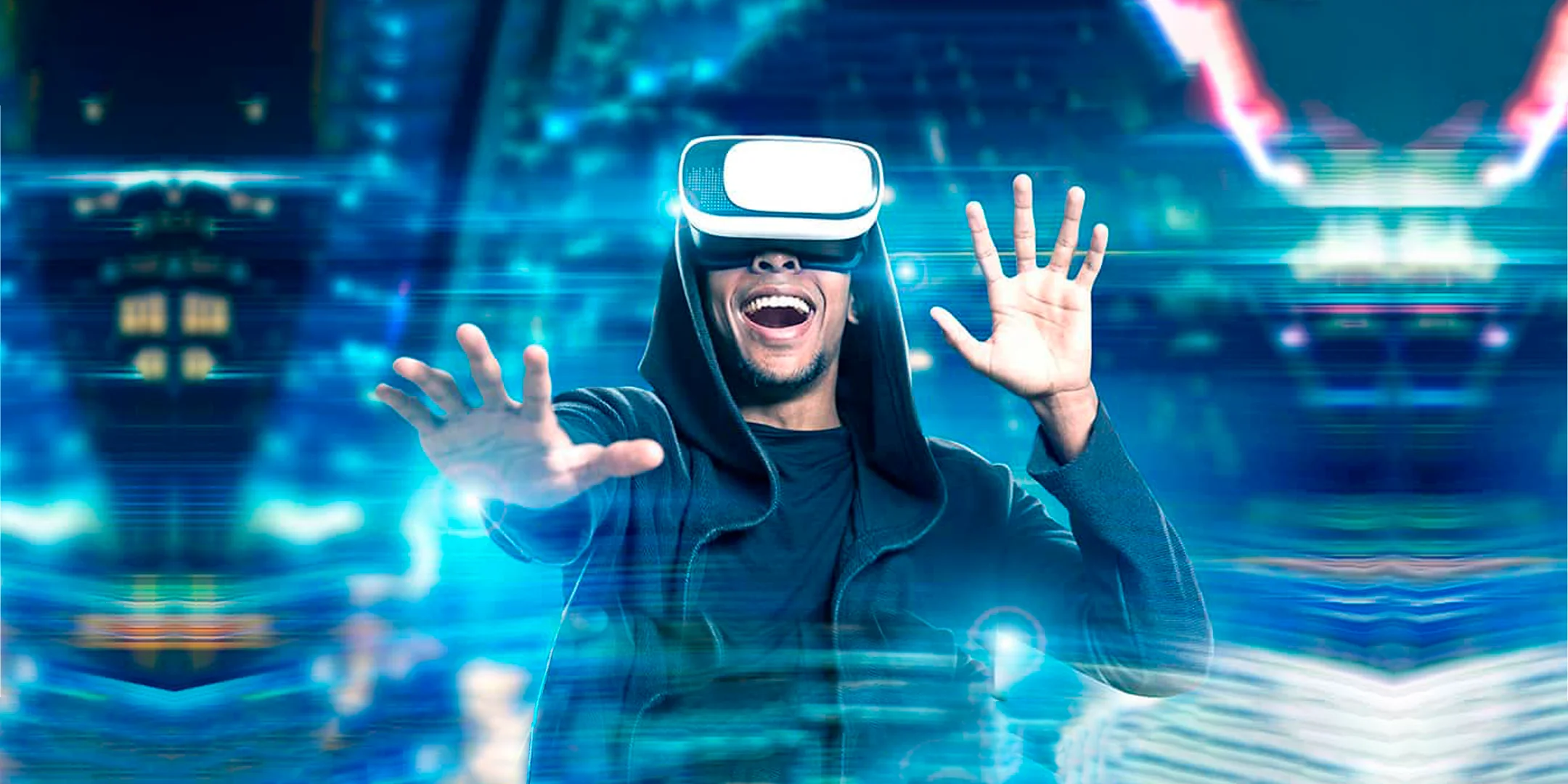Keys to understand the importance of Virtual Reality
Virtual Reality. Two words that have been on many people's lips for a few years now. Before we begin, we want you to fully understand how this technology works and the possibilities it has, not only for the entertainment of users but also in the business environment.
For this reason, we recommend that you first inform yourself about what Virtual Reality is and what its main features are, with examples that illustrate the content perfectly and will allow you to see its different uses. You can access this information directly from the black button below.
More info about Virtual Reality
The not-so-brief journey of VR devices
It is clear that Virtual Reality is a trendy concept that everyone knows about. However, this does not mean that it is a recent technology. On the contrary.
Long before VR devices like the current ones started to be developed, Virtual Reality already earned its place on the big screen. Movies like "The Lawnmower", "Project Brainstorm" or "Nirvana" already included it as a protagonist in the plot. In addition, several companies tried to develop it as an entertainment format, without succeeding.
Below, we present 10 major milestones in the history of Virtual Reality.
1. 1836 - WHEATSTONE'S STEREOSCOPE | THE ORIGIN OF VR
The origins of Virtual Reality date back two centuries, when Charles Wheatstone invented the stereoscope. An instrument that allows you to create an illusion of depth in an image from two virtually identical photographs. When observed by each eye independently, these are combined in our brain as a single stereoscopic image. With this, the first patterns for the design of the first VR viewers were formed.
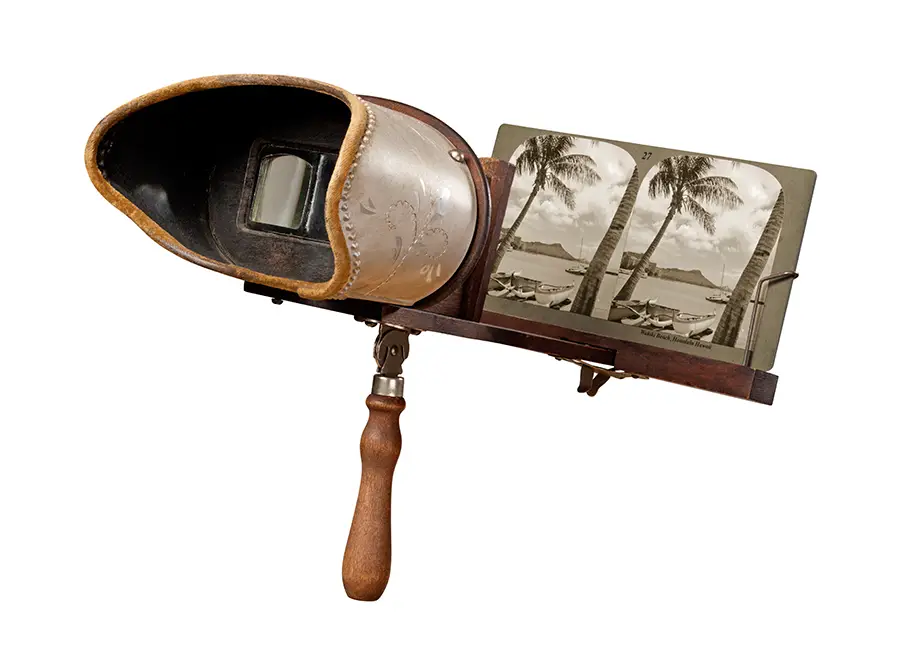
2. 1929 - BLUE BOX | MILITARY TRAINING IN VR
This VR solution was born with the goal of recreating real flight conditions so that U.S. soldiers could train virtually, Edwin A. Link created Link Trainer. Also known as the Blue Box. This device was able to simulate weather conditions and move following the pilot's commands.
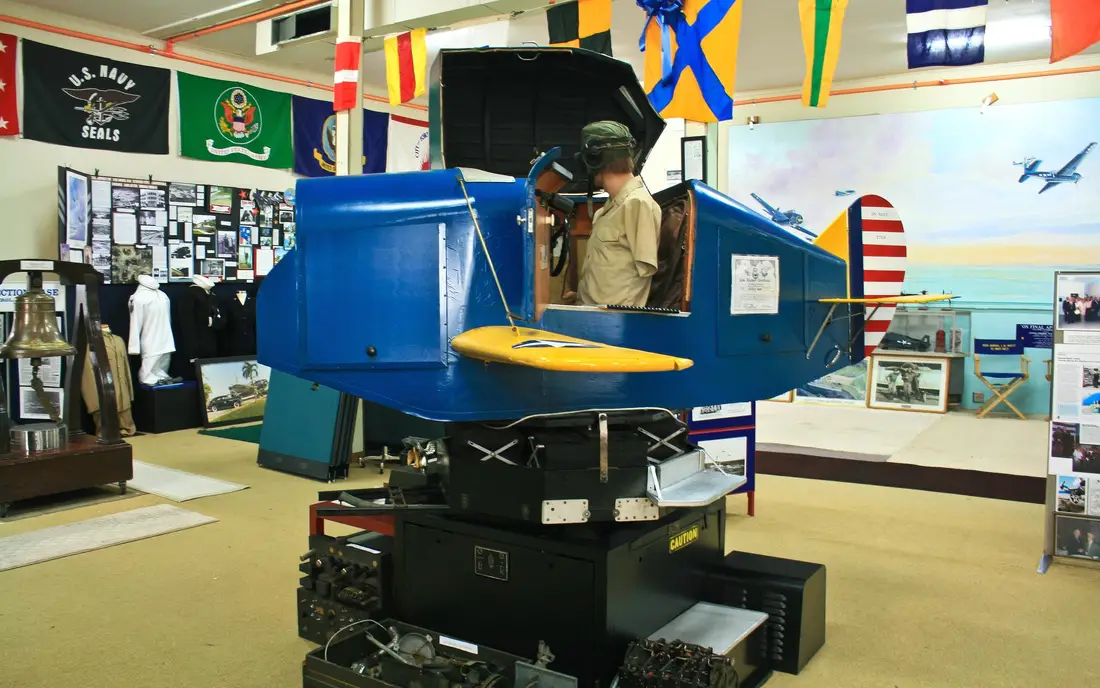
3. 1939 - VIEW-MASTER | VIRTUAL REALITY THAT ENDS UP A CHILDREN'S TOY
Following the pattern of the Wheatstone stereoscope, William Gruber created View-Master. This VR device allows simultaneous dual viewing, giving the sensation of depth. However, this product ended up drifting into a children's toy that, to this day, is still being sold.
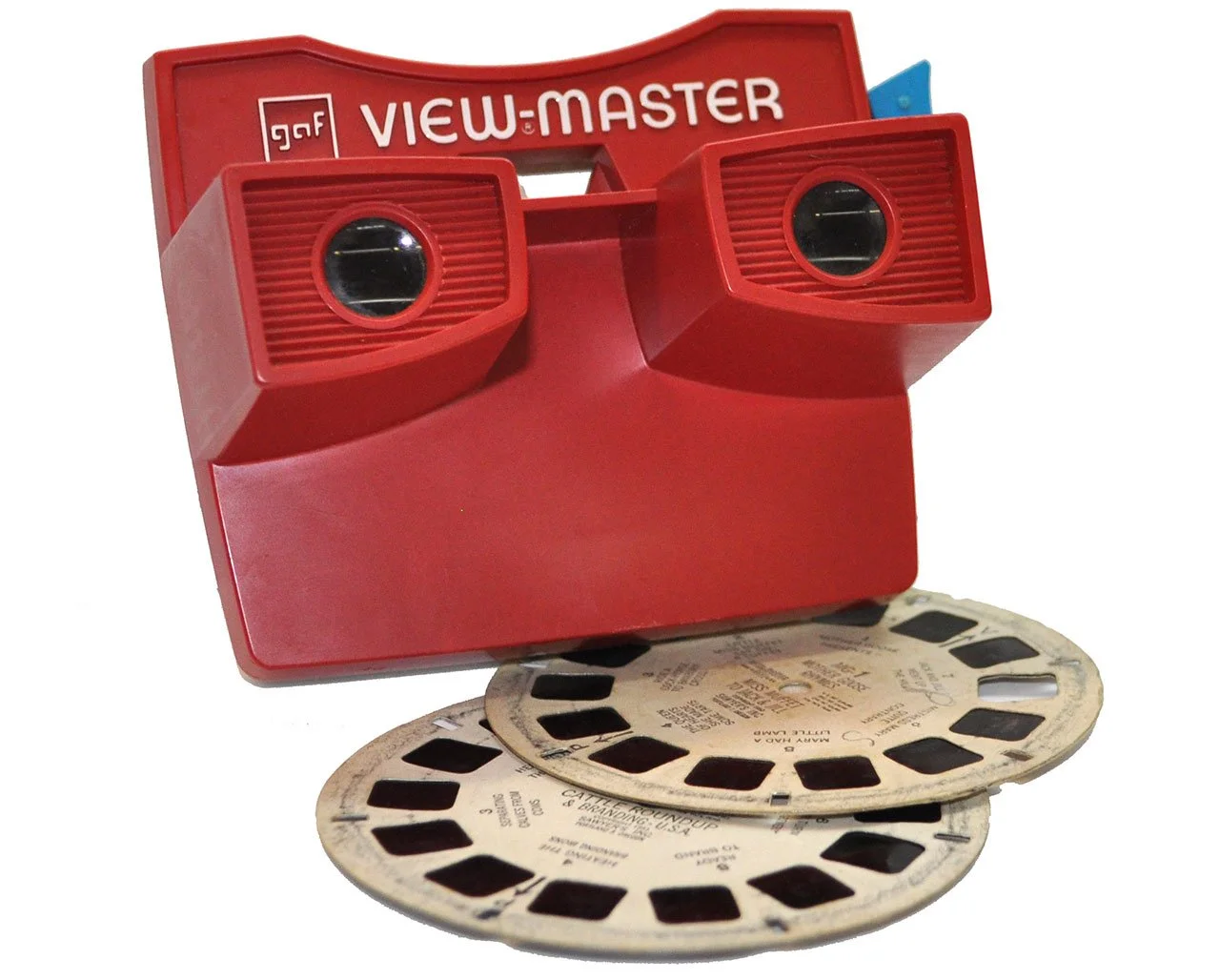
4. 1957 - SENSORAMA | AN ATTEMPT TO BRING VR TO THE MOVIE
In keeping with the filmmaking landscape of the 1950s, many artists set out to create various "futuristic" contraptions. In this sense, filmmaker Morton Heilig had it clear and also set no creative barriers for the creation of his next Virtual Reality device
Thus, he invented a large-sized booth that was intended to stimulate four of the five senses: sight, smell, hearing and touch. Combining multiple technologies that blended stereoscopic 3D images, wide vision and true stereo sound. However, this first "head-mounted" display never materialized. Although it did help lay the groundwork for future Virtual Reality or VR.

5. 1968 - THE SWORD OF DEMOCLES | A FAILED VR DEVICE ATTEMPT
Ivan Sutherland's HMD was a project he described as "the ultimate screen". This VR device allowed for scrolling and perspective shifting of images by following the user's head movement. Democles' sword was not only a new advance in the use of Virtual Reality, but also served to lay the foundations of Augmented Reality, since the images were superimposed on a real background.
This project never saw the light of day. The weight of this VR device meant that it had to be strapped to the ceiling, hence its name: a reference to the classic myth about the sword hanging over people's heads to remind them of their responsibility.
6. 1980 - SUPER COCKPIT | VIRTUAL REALITY FLIGHT SIMULATOR
Thomas Furness was responsible for developing a flight simulator, using Virtual Reality technology, called Super Cockpit. This ambitious project allowed a pilot to control an aircraft using gestures, words or eye movements. In addition, this training cockpit also projected three-dimensional maps, infrared and radar images, and aeronautical data in three-dimensional space and in real time.
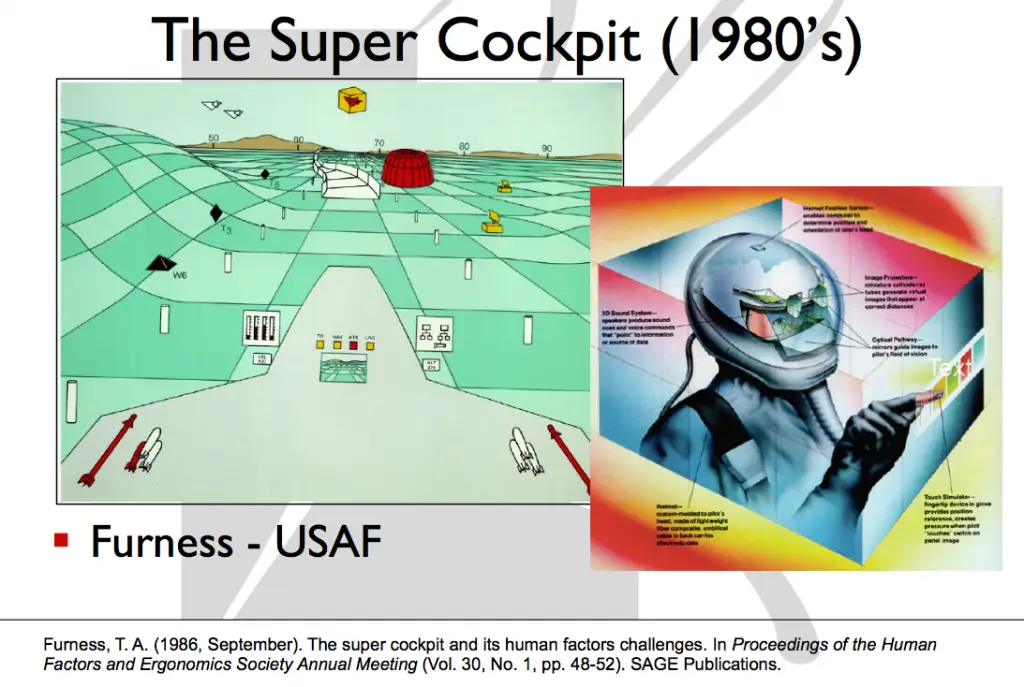
7. 1986 - VIVED | VIRTUAL REALITY MADE BY NASA
The NASA was one of the first institutions to show VR glasses to the public, at none other than the consumer electronics show: CES.
This Virtual Reality device allowed a 120º field of view in each eye, thanks to two LCD screens. In addition, it incorporated voice control and a glove gesture recognition system. As a whole, it also included a suit full of sensors for the recognition of movements, gestures and spatial orientation of the individual.
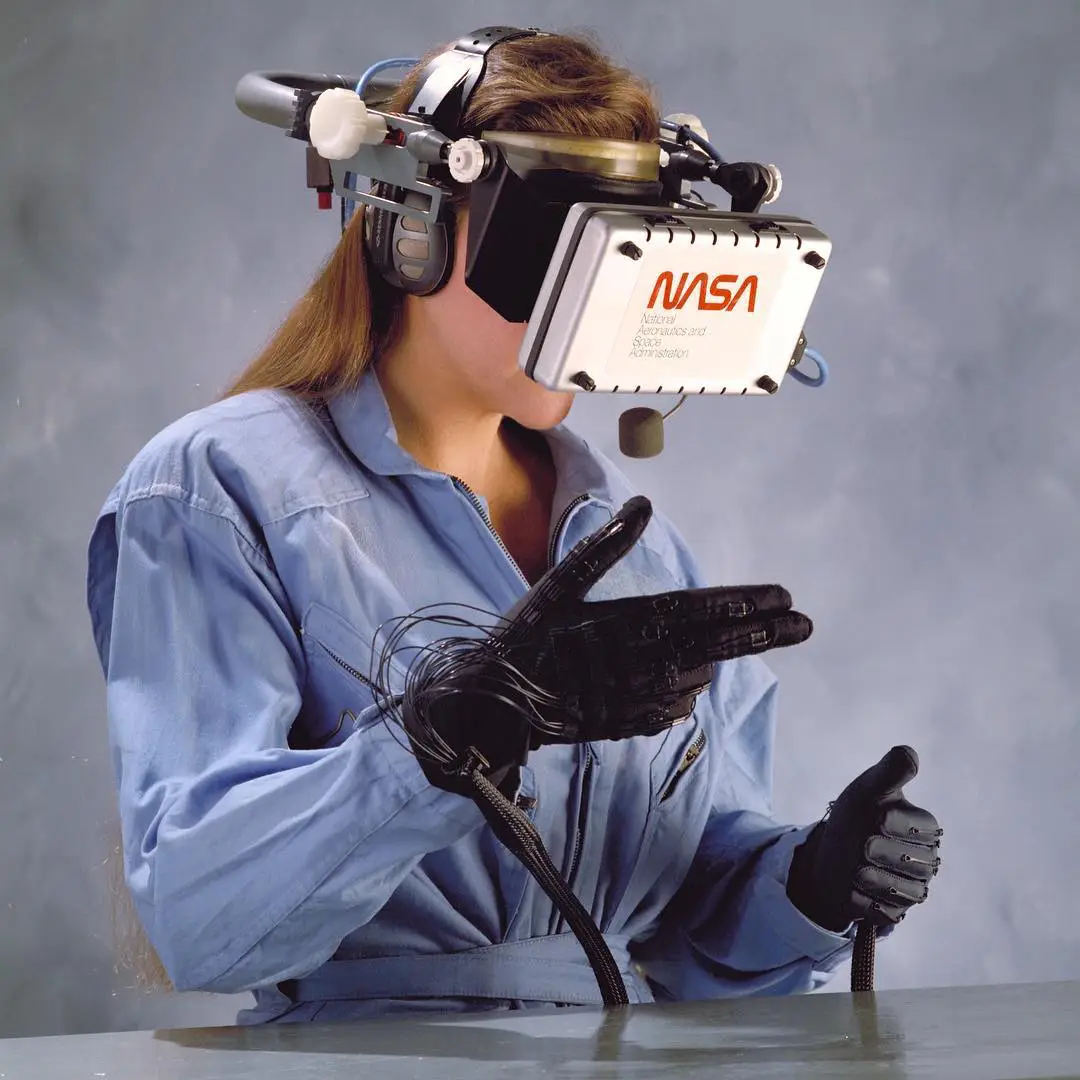
8. 1991 - SEGA VR and NINTENDO'S VIRTUAL BOY | THE FIRST CONSOLES WITH VIRTUAL REALITY
Sega wasone of the first companies to attempt to launch a Virtual Reality device aimed at the mainstream consumer. With a design reminiscent of the movie Robocop, Genesis incorporated LCD screens, stereo headphones and sensors that detected head movements, trying with this technology to achieve the most realistic VR immersion possible for its time.However, the product never made it to market. Sega argued, somewhat amusingly, that the result of the VR device was so realistic that they had feared for the welfare of their customers and, for that reason, had decided not to release it.
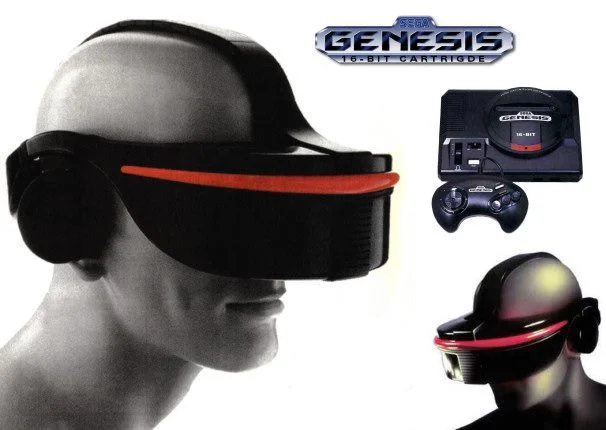
At the same time, Nintendo also developed another VR device that did see the light of day: Virtual Boy. These lenses incorporated a projector that displayed monochrome 3D images (in shades of red and black). However, it was a real commercial failure and is considered one of the worst consoles created by this company.
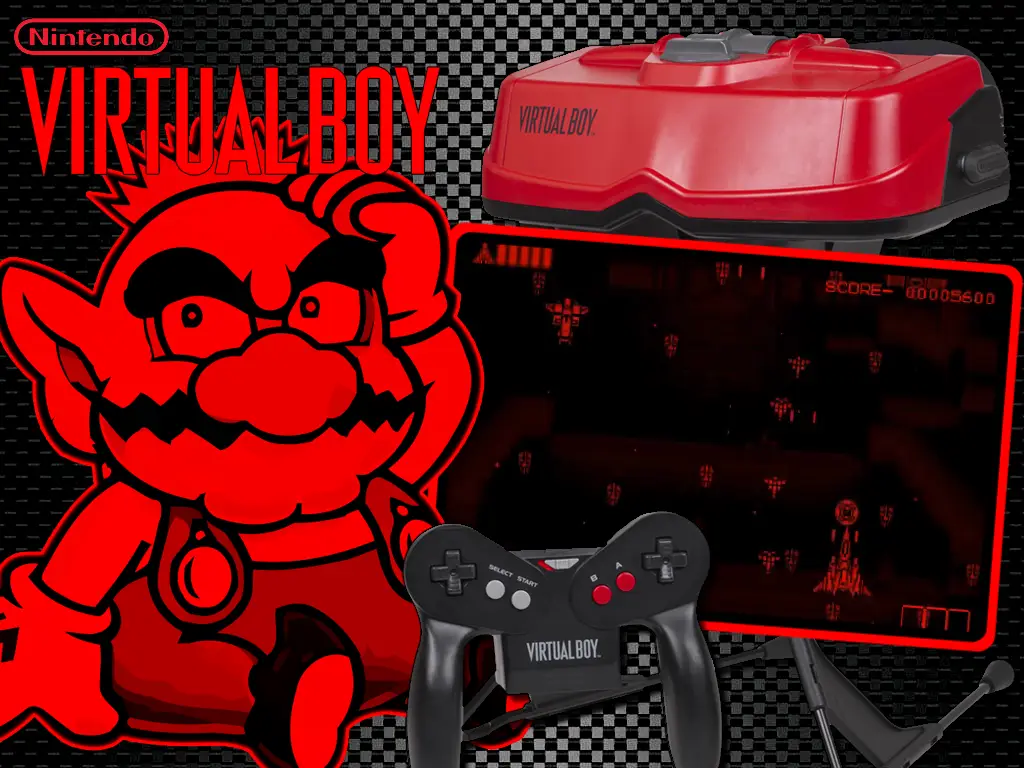
9. 2012 - OCULUS RIFT | VR AT THE PUBLIC'S REACH
During these years, Virtual Reality was a concept that was still present, but without anyone who dared to materialize it in an interesting project. However, in 2012, the company Palmer Luckey became known with a device that achieved a 90º viewing angle: Oculus Rift. This whetted the appetite of Facebook, which in 2014 bought the company and began its career within the VR world.
With these glasses, Virtual Reality came back into fashion. The big companies in the sector started to design their own VR devices, showing in 2016 the first results.
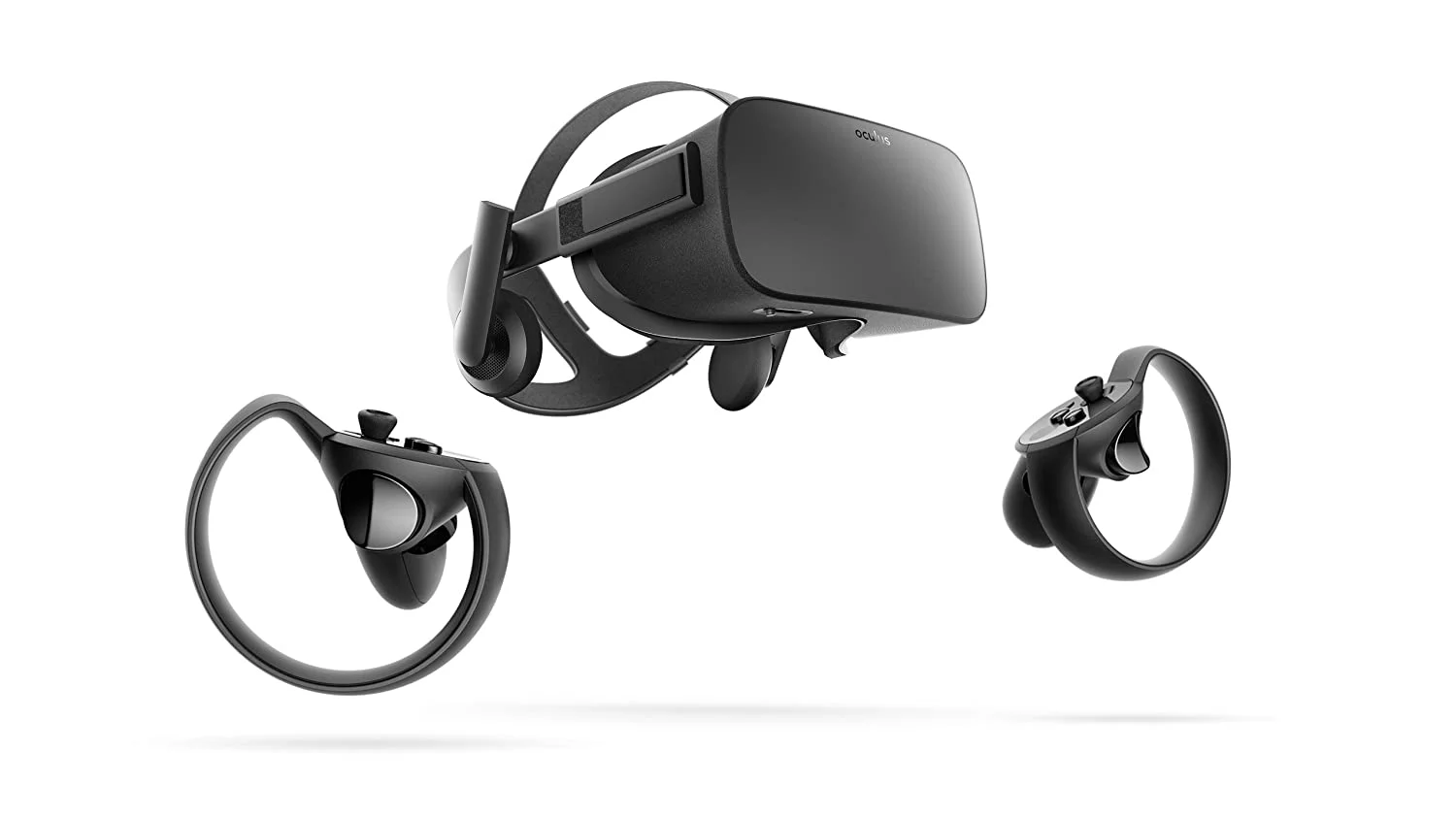
10. ACTUALITY VR - WHAT IS HAPPENING WITH VIRTUAL REALITY?
As we can see, there have been punctual attempts to develop VR devices that have always ended in failure. However, with technological advances, companies now have the technology to make it attractive and meaningful. Thanks to it we feel more immersed than ever.
With this scenario, the big companies are betting very hard to take the lead, playing with various factors. Quality, price, supply, ... Currently, the market has a lot of alternatives to enjoy Virtual Reality. The offer of VR devices is increasingly adapted to consumer needs and hundreds of companies are working on their own VR devices.
One thing is clear, Virtual Reality has come to stay and change the rules of the game.
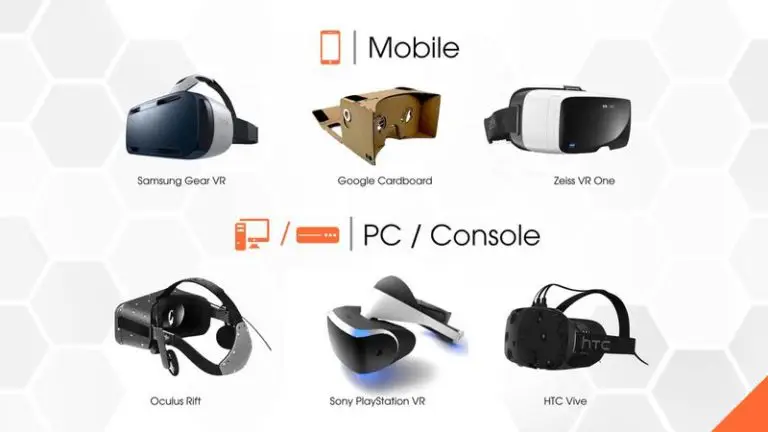
SIMILAR CONTENT
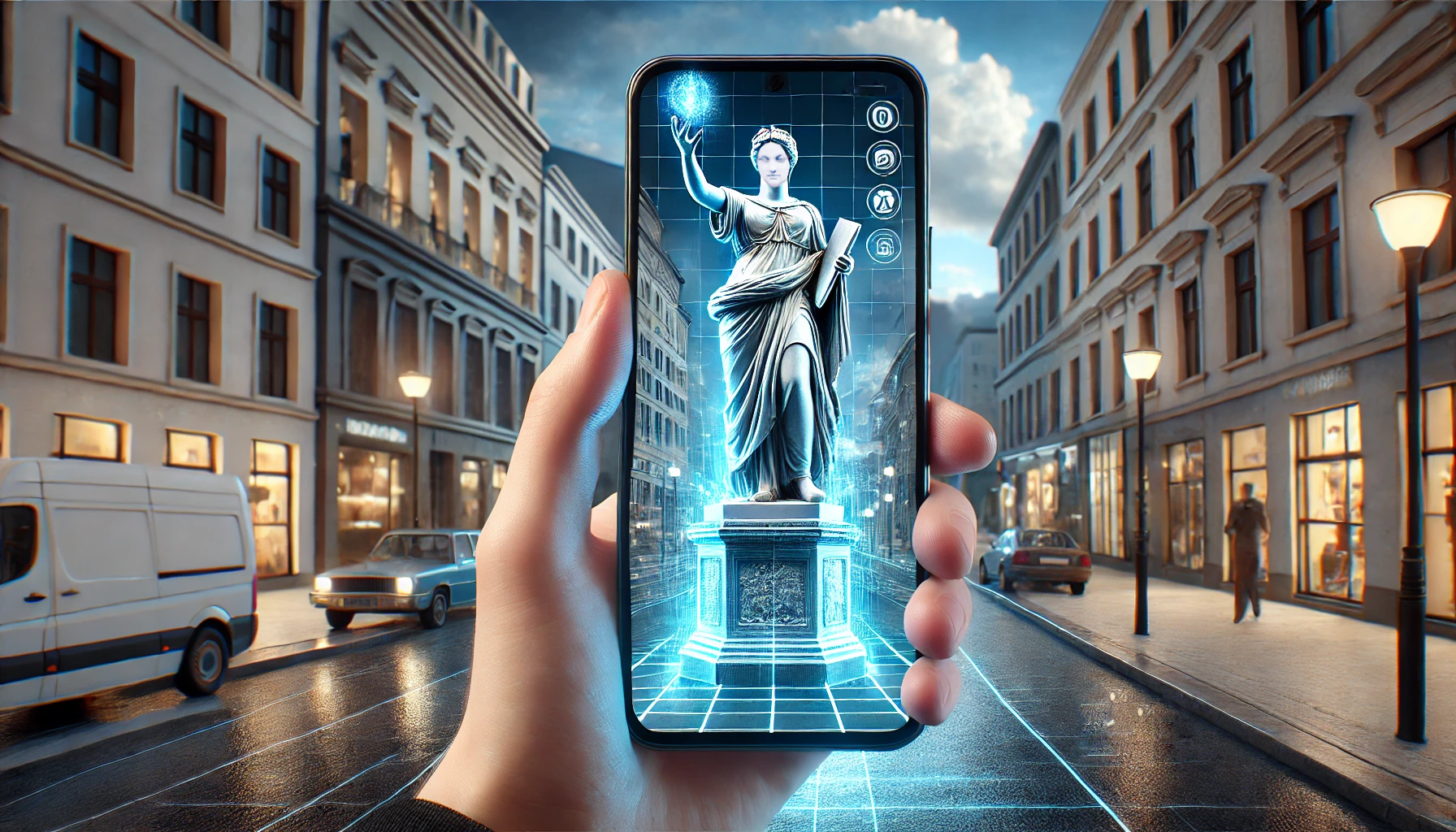











 RETURN
RETURN
